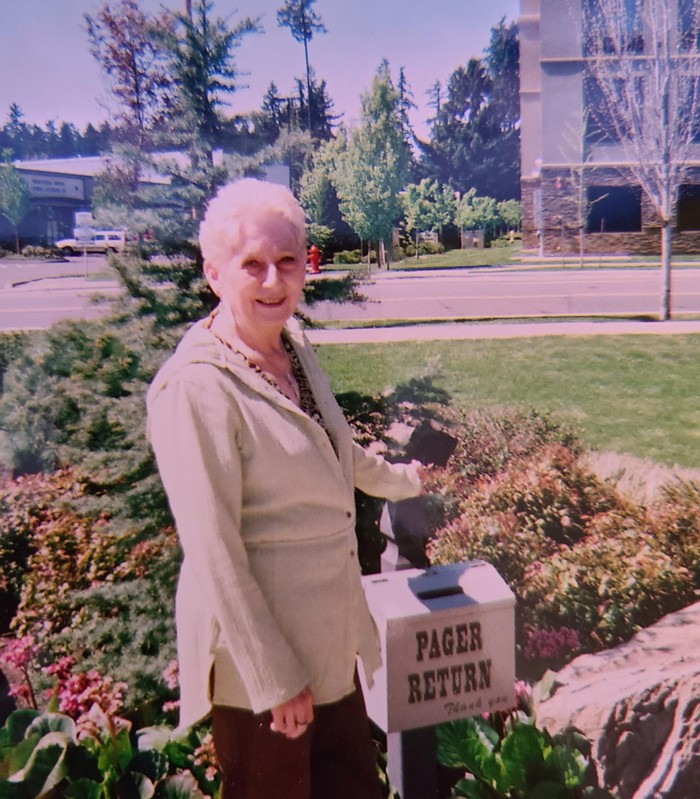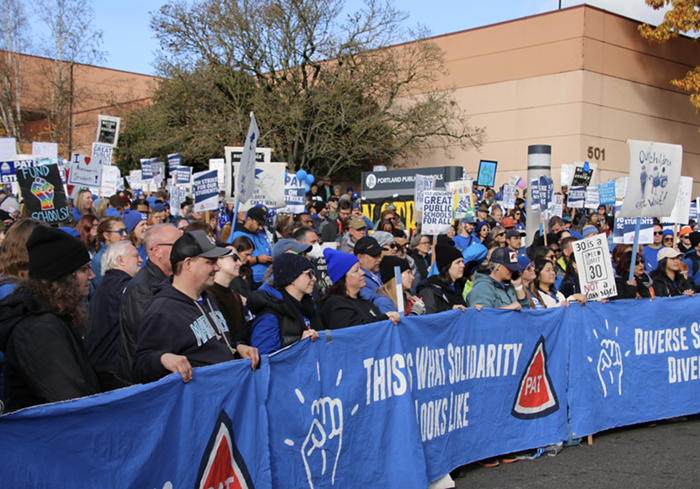A group of kids—many from Oregon—who're suing the Obama administration for continuing to burn fossil fuels and generally screw up the planet cited a proposed liquid natural gas pipeline planned for development in Coos Bay as one of their main concerns. If completed, the Pacific Connector Gas Pipeline and Jordan Cove Energy Project, which would be the first LNG pipeline in Oregon, will be the largest producer of CO2 in the state by 2020.
This Saturday, August 22, a group of activists who also oppose the LNG plant are starting a nearly month-long, 232-mile hike in protest along the proposed pipeline route. 'Hike the Pipe' starts Malin—a tiny town located southeast of Klamath Falls, just north of the Oregon-California border—and crosses the state to Coos Bay, with events planned along the way. A core group of five to 10 hikers will participate in the full hike, with opportunities to join them for day hikes and kayaking protests along the way.
Sarah Westover, who's organizing an event at the hike's stop in Shady Cove on the Rogue River, says the pipeline will cross over or through 400 water bodies.
"The plan is to drill under the river so they can put in the pipeline," she says. "This will have a tremendous impact on the environment, including affecting salmon populations, causing deforestation and increasing sediment in the water."
Scientists Jerry Havens and James Venart warned federal regulations officials that the proposed project "presents far more serious public safety hazards than regulators have analyzed and deemed acceptable," according to an anti-LNG exports web page.
And those dangers are in a best-case scenario. A worst-case scenario—an explosion—could cause wildfires in the rural areas the pipeline will traverse. The company responsible for building the project, pipeline operator Williams Cos., operates more than 26,000 miles of oil and gas pipelines. The company in 2014 was the subject of a safety probe following a fire in a Wyoming natural gas plant that led to the evacuation of nearby Opal, Wyoming.
Williams Co. was also under investigation in June 2013 following a June 2013 blast at a chemical plant in Louisiana that killed one person and injured 73 others.
Alex Harris, who grew up in Southern Oregon, is the lead organizer for Hike the Pipe. He says he chose to do the hike because it's an original response that will get the attention of policymakers who could stop the project. He says more than 60 percent of the proposed pipeline would cut through privately-owned property, so organizing the hike gave the protesters opportunity to interact with a lot of landowners who would be directly affected by the construction and possible catastrophic consequences.
"I see a huge need for people to know that this isn't just 232 miles; that's just a number. I need people to know that this is real land, this is real territory, these are real people, these are real ecosystems," Harris says. "And there are stories attached to that 232 mile stretch of land... The hike is not merely a protest, it's a means of interaction between urban centers and rural areas... and know what's at stake."



















